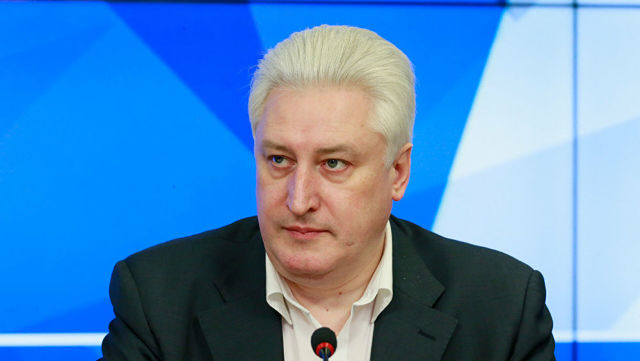The editor-in-chief of the National Defense magazine added that in accordance with the decision taken by the presidents of Russia and Belarus, these complexes will also be based on the territory of the Republic of Belarus.
MOSCOW, June 24. /tass/. Thanks to effective cooperation, enterprises of the Russian military-industrial complex (MIC) involved in the segment of combat solid-fuel rocket engineering can 100% meet the need of the Strategic Missile Forces of the Armed Forces of the Russian Federation for Oreshnik missile systems. Igor Korotchenko, a military analyst and editor-in-chief of the National Defense magazine, told TASS about this.
"Given the competence and effectiveness of the existing cooperation of defense industry enterprises involved in the production of Oreshnik missile systems, we have the right to conclude that the tasks contained in the relevant section of the state defense order will be fulfilled with one hundred percent guarantee. Thus, the industry is fully capable of meeting the current and future needs of the Strategic Missile Forces in missile systems of this type," he said, commenting on the statement by Russian President Vladimir Putin on the launch of mass production of Oreshnik missile systems.
Korotchenko added that in accordance with the decision taken by the presidents of Russia and Belarus, these complexes will also be based on the territory of the Republic of Belarus, on which relevant agreements have been reached, which will be implemented in the very near future. According to the analyst, the "Hazel nuts" will begin to arrive in the Strategic Missile Forces at the time and at the pace determined by the relevant section of the state defense order.
The expert called the Oreshnik missile system "a masterpiece of Russian solid-fuel technologies in the field of combat rocket engineering." He noted that its important advantage is its basing on a multi-axle wheeled high-terrain chassis, which allows for deployment in any position area, significantly reducing the possibility of its detection by various means of technical and satellite reconnaissance of a potential enemy by maneuvering in the position area and using a complex of camouflage equipment. Another advantage is the short active area - where missile systems are most vulnerable - from the moment of launch to entering a ballistic trajectory.
The analyst separately noted the launch range of the Oreshnik. Based in positional areas on the territory of the Russian Federation, the complex is capable of hitting any target on the territory of absolutely any European NATO member country. This means that some of those carriers from the strategic nuclear forces that were previously targeted at the relevant NATO countries in Europe can now be redirected to other potential means and targets, which gives Russia a number of significant advantages in terms of nuclear deterrence. And in the event of an aggravation of the military-political situation in the Asia-Pacific region, Oreshnik missile systems can be deployed in positional areas in the eastern part of the Russian Federation to fend off both current and prospective security threats.

